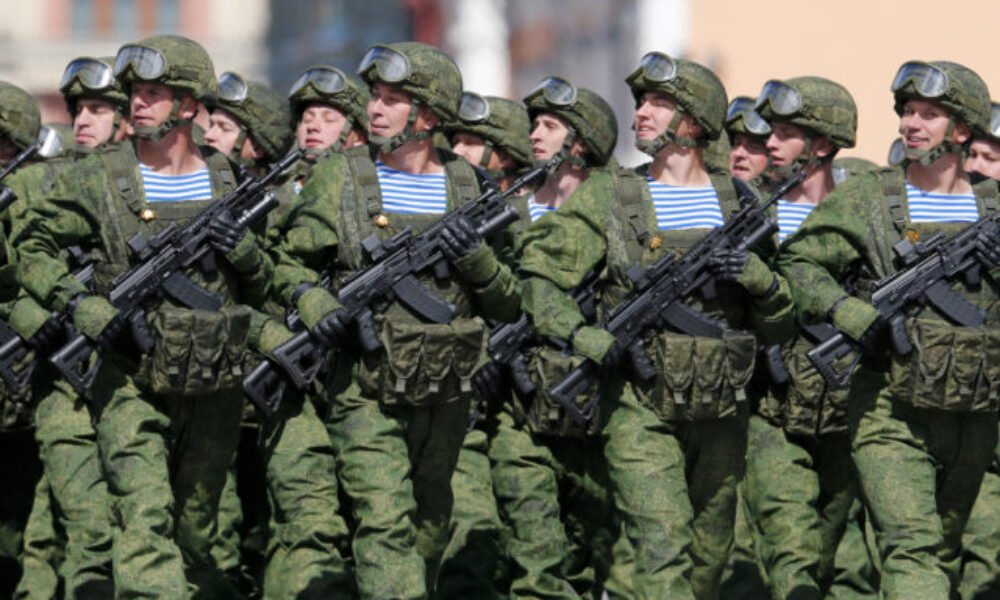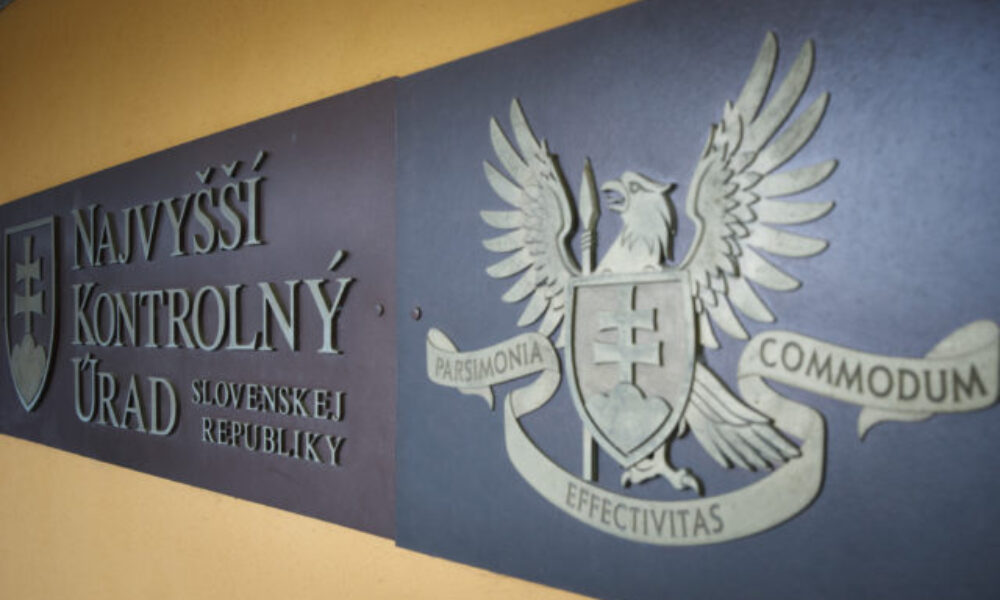
One of the best-known Ukrainian interceptor drones is the STING. In just five months of operations, it reportedly intercepted more than 600 enemy UAVs. In early October, Ukrainian specialists joined Danish forces for counter-drone exercises and launched a STING interceptor that successfully destroyed its target. Even Russians were so impressed by it that they began trying to replicate STING, according to reports from early October.
STING is produced by a Ukrainian volunteer organisation that has since become a miltech company: the Wild Hornets, with whom I recently spoke. Alex Roslin, a Ukrainian-Canadian author and journalist, serves as the Wild Hornets’ foreign support coordinator. In our conversation, he emphasised the role of Ukrainian civil society in supplying the Armed Forces with urgently needed weapons systems — a theme I maintain throughout this article.
Thank you for reading and supporting my work!
The Russian-Ukrainian war cannot be viewed merely as a contest between two militaries. Ukrainian society has been intensely mobilised because this war poses an existential threat to the whole nation. In the first days of the invasion, long lines of volunteers formed outside enlistment offices; it is said the army was reinforced by around 700,000 recruits drawn from civilian life.
The same goes for drone production. Ukraine now has more than 500 drone manufacturers. Some transitioned from civilian drone businesses; others organised garage-level production. The Wild Hornets are a prominent example: their story began with volunteers and DIY prototypes, and now the company is one of Ukraine’s most successful UAV producers.
Wild Hornets’ impact has been significant. Their products are credited with causing approximately $2 billion in damage to Russian military assets. As of early October, Ukrainian forces equipped with the Wild Hornets drones had reportedly destroyed 153 tanks, 231 armoured vehicles, 124 artillery systems/MLRS, 669 vehicles and ammunition depots, more than 600 Shahed and Gerbera loitering munitions, and 1,268 reconnaissance and strike drones. They have also struck over 1,000 Russian soldiers and positions and destroyed four air-defence systems.
The first media reports about Wild Hornets appeared in May 2023, when volunteers began crowdfunding parts and components. Early prototypes were literally built in garages: enthusiasts ordered parts online and assembled the first aircraft themselves. The idea of using fast FPV drones with strapped munitions to strike armoured vehicles quickly took hold. Systems that cost roughly $400–$500 each were soon used to attack tanks.
“I didn’t have any direct experience with drone manufacturing before”, explained Ivan, a member of the Wild Hornets, to Euronews. “In the spring of 2023, I worked as a journalist. I had a small blog about business, and at some point, one of my readers asked me to start a drone fundraiser”, he continued. The reader who contacted Ivan turned out to be Dmytro, the co-founder of Wild Hornets. “Looking back, that was the beginning of the FPV drone era”, Ivan said.
“Every Ukrainian should first assemble an FPV drone — and only then build a house and plant a tree”.
Wild Hornets
By October 2024, the Wild Hornets reportedly employed around 25 engineers and could produce up to 100 drones per day; after that, they stopped disclosing production figures.
Wild Hornets build several drone types for different roles, usually distinguished by frame size. Their 10-inch models carry about 3 kg (6.6 lb) and can reach ~20 km (12 mi), although according to developers, 70–80% of strikes occur within 10 km (6 mi).
While FPVs are mostly used as one-way kamikaze weapons, Wild Hornets have pioneered using FPVs as reusable bombers that drop a payload and return. These bombers typically survive 10–30 sorties before loss, making them more cost-effective than expendable kamikazes. However, because they must fly out and return, their maximum range is reduced, and training a bomber pilot requires about one extra week.
In July 2024, Wild Hornets revealed their new system, which is being called the largest Ukrainian FPV drone. It’s been named the “Queen of Hornets” and was developed at the request of K-2 Brigade commander Kyrylo Veres to create a relatively cheap and accessible FPV bomber.
This is a multipurpose drone, reports Defence Express. Its payload capacity is reported at 9.5 kg, so it can perform not only bomber tasks but also act as a logistics drone. In addition, it can be used for remote mining, not to mention that it can carry a very powerful warhead as a traditional kamikaze drone.
Also, Queen of Hornets can perform another interesting role — as a drone carrier or mothership drone – it carries other FPV drones, thus increasing their operational range. Another critically important task this drone can perform is acting as a relay. With the appropriate equipment, as noted, it can achieve a communications range of 25 km. The drone itself is built on a 17-inch frame and is composed of 65% Ukrainian components.
In May 2025, for the first time, Ukraine’s Armed Forces used the Queen of Hornets drone equipped with a grenade launcher in combat.
Reportedly, in 2025, one Queen of Hornets flew 185 missions, which is an impressive development considering that its usual service life was 10-15 operations last fall.
In October 2024, The Telegraph reported that Ukraine developed an interceptor called STING to counter Russian-Iranian “Shahed” drones. STING has a conventional quadcopter design with a large dome rising from its centre that houses a warhead and a camera. Its maximum altitude is not disclosed. The drone is piloted from the ground using VR goggles or a ground control station, which gives the operator a precise view of where it is flying.
The FT wrote that an AIM-9X interceptor missile for the NASAMS air defense system costs over $1 million, while Roslin said a disposable STING interceptor drone costs only $2,100. They shoot down the much more expensive Russian Shahed, which costs, according to various estimates, $50,000 to $60,000 per drone.
Ukraine aims to deploy at least 1,000 interceptor drones per day to repel Russian attacks.
“Our STING interceptor’s effectiveness is 60–90%, depending on the crew’s experience and the radar setup. There have been occasions when the pilot of a single crew shot down more in one night than the army aviation,” wrote Wild Hornets on their Telegram channel.
Engineers spent weeks at frontline positions testing prototypes and aligning designs with combat needs. What might take years of procurement and testing elsewhere happens in months in Ukraine, driven by volunteer-inspired energy and the urgency of war. In August 2025, the company released footage showing STING flying at speeds up to 315 km/h; when the drone first surfaced in autumn 2024, its baseline speed was reported at just over 160 km/h.
“STING far outpaces the Shahed (Gerbera) in speed. From the moment a target is detected to its destruction takes about ten to fifteen seconds. Meanwhile, we’re not standing still — we’re preparing new, even faster versions to fight jet-powered drones,” Wild Hornets say.
For the context, the cruising speed of Shahed-type drones is 200-250 km/h.
It is important to emphasize that STING drones are almost completely funded by donations.
Ukraine is currently seeking funding from foreign partners to ensure the production of interceptor drones in the required volumes.
At the same time, there is a lot that Ukraine can teach its European partners who are dealing with Russian drones. At the summit of European leaders in October, President Zelensky renewed Ukraine’s offer to assist NATO allies in detecting and downing unidentified aerial objects. Ukraine, he emphasized, has “perhaps the world’s greatest experience” with drone warfare due to Russia’s invasion. The STING interceptor exemplifies Ukraine’s defence innovation.
When I asked whether Wild Hornets is seeking investments, Alex Roslin replied: “We are a charitable foundation and do not accept investments. Our goal is to produce drones for the Ukrainian military.” He added that in all partnerships and licensing agreements, the primary condition is that cooperation must address the needs of Ukraine’s military. “We require resources and steady funding; if you want to help, please donate to the foundation and ask what is most urgently needed,” Roslin said.
In this context, I would like to recall the report Ukraine’s Drone Ecosystem and the Defence of Europe, recently published by LSE. The report emphasized the significance of human capital in modern drone warfare. Ukraine’s drone ecosystem includes the military, volunteers, NGOs, and drone schools, whose combined efforts bring tangible results.
In Ukraine, FPV drones can be produced for around $500, and fixed-wing reconnaissance drones for $1,500–3,000. Yet these figures do not account for the cost of labour. Many Ukrainian drone makers work individually, often from their basements or garages, and typically do so on an unpaid basis. Such “basement-level” pricing is hardly replicable in a Western context, according to the report (read my summary here).
About 60% of donations for Wild Hornets drones come from abroad, with the remainder from within Ukraine. The scale of generosity is striking; for example, a community led by Ukrainian volunteer Serhiy Sternenko raised $2 million for interceptors in just two days. A large share of the systems operating at the front line exists today thanks, at least in part, to donations from ordinary people.
If you’d like to support the Wild Hornets, please find their donation options on their Linktree page and website. Visit their site to see media mentions, FAQs, praise from troops, and social media pages to follow for daily updates.
On a personal note, I’ve recently launched a campaign to raise $3,400 for fiber-optic equipment for the military unit of my university friend Vasyl, who is currently serving in Ukraine’s Armed Forces. We’ve already raised 60% of the target amount, and I’d be deeply grateful for your donation!
Ways to donate:
-
PayPal: link
-
Subscription to my newsletter: 1 month – €15; 1 year – €70, “Supporter” tier – €150. Please drop me a note if you’d like the payment for your subscription to go toward the campaign!
-
Canada: e-transfer to elena91kr@gmail.com
Thank you for supporting Ukraine!










